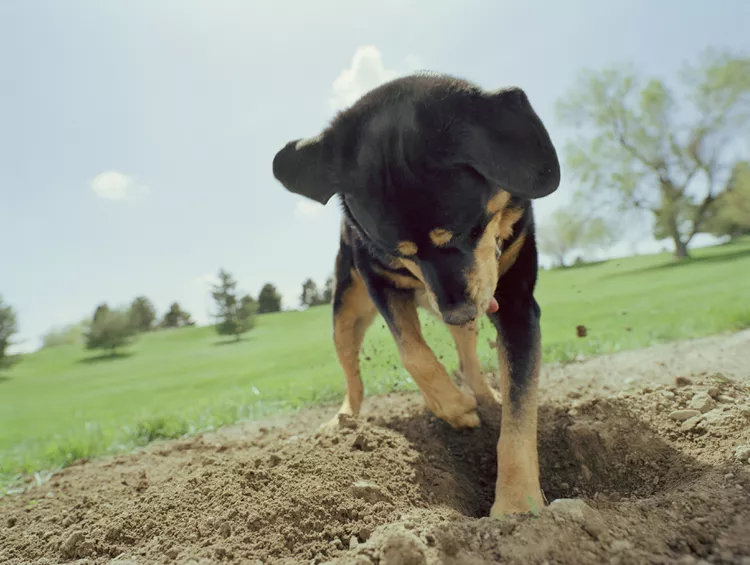
Have you ever given your dog a bone only to watch him head to the couch or outside in the garden to bury it? Many dogs like to hide things in safe places and often dogs are predisposed to bury items that belong to them, and sometimes items that do not. Discover four reasons why this behavior occurs, and how or if you should stop it.
This behavior may have developed due to strong survival instincts inherited from the domesticated dogs' wild ancestors, wild dogs and the gray wolf. Food was not always the easiest to come by and to make the most of the food they had, these wild dogs would often bury the excess in the ground near their dens. The soil acts as a natural refrigerator by keeping the meal away from direct sunlight and the temperature of the earth decreases with the depth of the hole, keeping food fresher longer, so the animal can retrieve it later when nourishment is scarce. This also reduced the smell, keeping other predators away from their leftovers.
Dogs may bury anything they consider valuable, which does not just include food. This is due to their natural instinct to keep valuable things safe and protected.
There are several breeds that are more predisposed to digging and burying than others. A few of these breeds are Terriers, Dachshunds, Beagles, Basset Hounds and Miniature Schnauzers. Cairn Terriers, for instance, were originally bred to chase and hunt small game, and they have maintained their excellent digging skills and their instinct to search. Since these breeds are bred specifically to dig, they may also have a heightened desire to save their resources, and therefore are more likely to bury bones. They also have an instinct to hunt out small rodents, so they often dig when they pick up a scent and are tracking a rodent. This is a normal behavior for them. Remember, regardless of a dog’s breed, all dogs have the potential to dig.
Dogs need stimulation and outlets for their energy every day and when humans do not provide it for them, they will find their own ways to occupy themselves. An example may be the fun game of stealing a tv remote and burying it to get your attention (an attention seeking behavior) and to add some variety to their routines.
Stress and anxiety can play a part in this behavior as well. Some dogs that are feeling anxious may bury items to calm themselves since digging is a self-soothing behavior. If a dog does not feel safe at the moment or in the area they are fed in, they may bury their food to eat in a more comfortable place or time. You may also see more of this behavior in multi-dog households, or among dogs that grew up in situations where they had scarce resources and a lot of competition for food, such as in a puppy mill. This can also be a sign of more severe anxiety, such as obsessive-compulsive behavior in which a dog repeats the same behavior to a concerning degree.
This behavior may improve once your dog feels safe and is fed on a consistent schedule, but if not, it is suggested to seek advice from your veterinarian and behavior professionals.
Remember, burying behavior can occur for a multitude of reasons and motivation can include boredom, anxiety, and the natural urge to hide things in safe places. It's a normal behavior when done appropriately.
To minimize this behavior, be sure to provide lots of scheduled walks, play time, positive training techniques, and other appropriate outlets for your dog’s energy. Keep fun toys out to keep your dog busy when you are not around. Kong toys filled with treats or food puzzle toys work especially well. Be sure to rotate the toys to keep things interesting.
You can also convert the whole act of burying into a fun indoor game that you play a few times during the week with your dog. This is recommended because it's your dog's natural instinct to bury, so you are providing appropriate opportunities for your dog to bury what you ask him to (rather than your tv remote controller). This game will enrich your dog with a new learning of what is okay to hide and what is not.
If you have multiple dogs in the home, it may be helpful to separate them during certain playtimes or when they have some of their favorite toys and treats to reduce the threat of competition. If they are alone, they may be able to enjoy their special treat without the worry of another dog stealing it, reducing their urge to bury it.
If your dog is burying your items or burying their toys out of boredom, do the following:
Lastly, limit your dog’s access to all of their toys and leave out only a few at a time so that they become interested in the toys that are available for them. By limiting the quantity and providing variety, you may lessen your dog’s urge to take their treasures out into the yard and bury them.

195 Cute Cat Names
If you've welcomed a new cat into your home and they need a name, try giving them one of these cute names, including cute names for girl cats, boy cats, orange cats, gray cats, and more.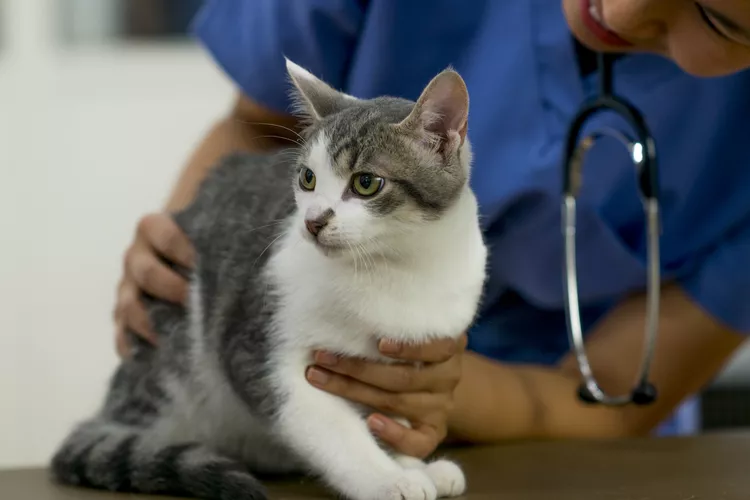
Luxating Patella in Cats
Luxating patella is an orthopedic condition that affects cats' knees. Learn the causes, treatment, and prevention.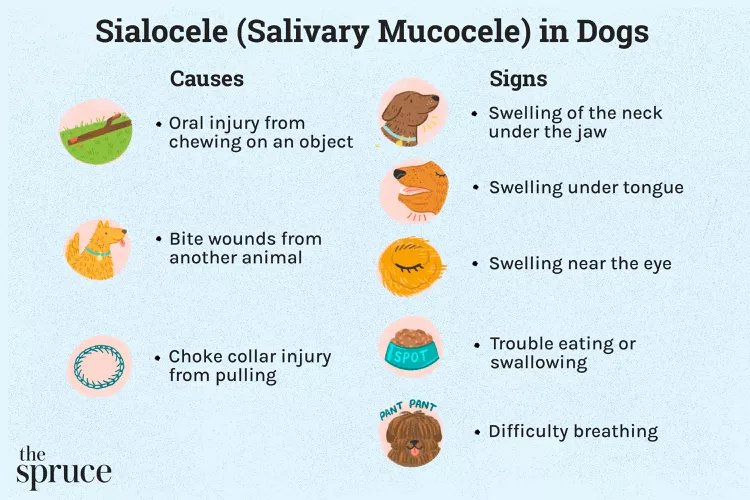
Salivary Mucocele in Dogs
A salivary mucocele, also called a sialocele, causes swelling near a dog's salivary glands and may cause a lump under the chin or on the neck near the jaw. Learn the causes, treatment, and prevention of salivary mucoceles in dogs.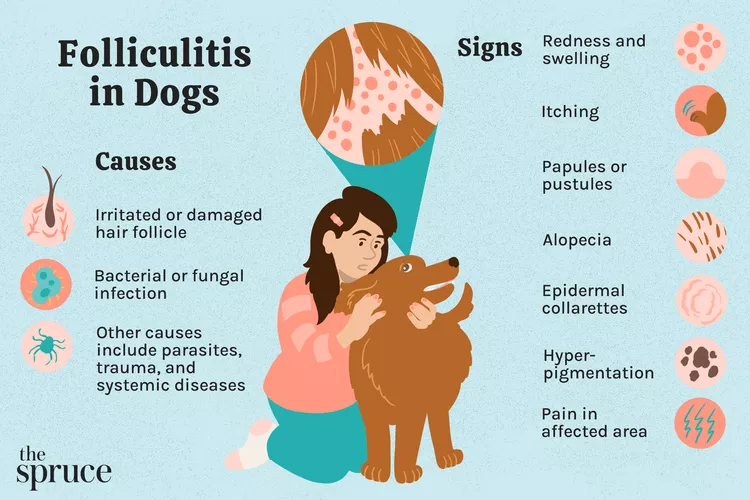
Folliculitis in Dogs
Folliculitis is a common skin condition in dogs. Learn the causes, treatment, and prevention.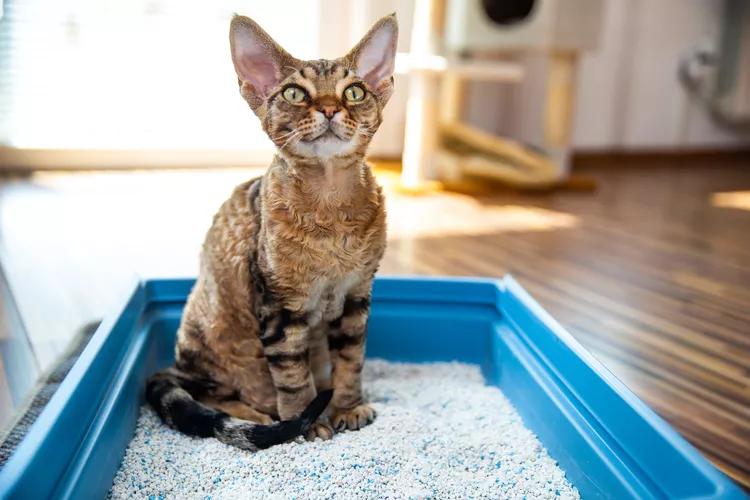
Is Baking Soda Bad for Cats?
Baking soda has many common household uses and may help with cat odors, but how much is safe to use around cats?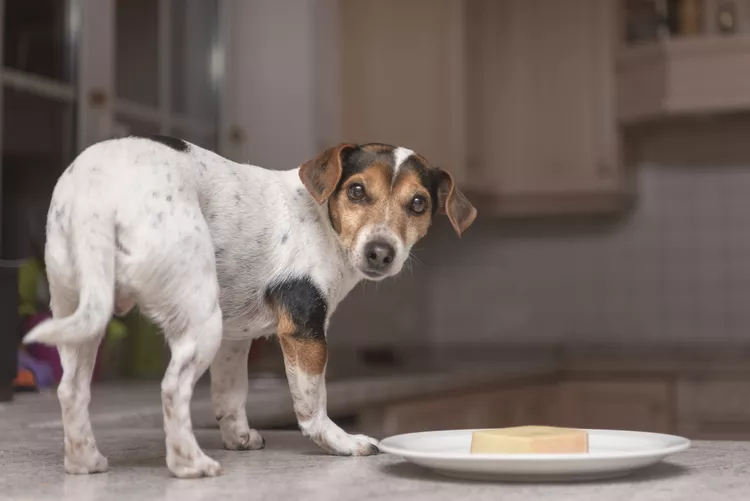
Can Dogs Eat Parmesan Cheese?
It's no secret that dogs love cheese, but what kinds of cheese should you avoid? Is Parmesan cheese a good option to treat your pup to?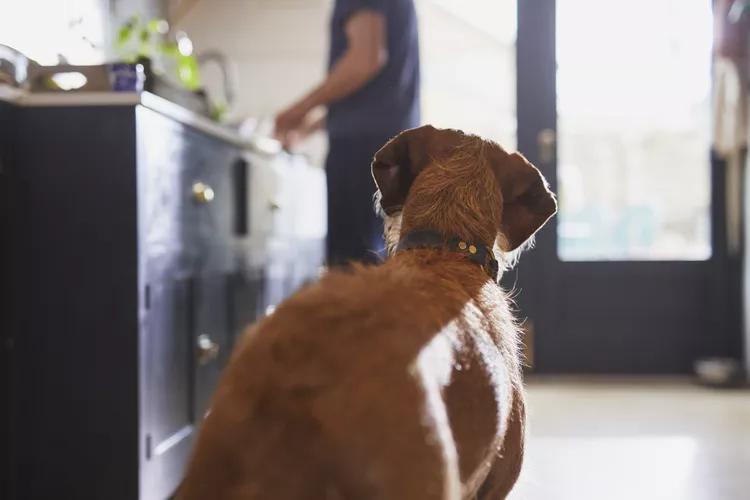
Can Dogs Eat Pistachios?
Dogs can eat pistachios, but only if they're plain and served in moderation. In other cases, pistachios can be harmful for dogs.
Can Dogs Eat Cheese?
A popular training tool, cheese is OK for most dogs to enjoy on special occasions...but there are some exceptions.
Snowshoe Cat: Breed Profile, Characteristics & Care
The snowshoe cat, a mix of the American shorthair and Siamese, is a smart and affectionate pet that loves company. Learn about the snowshoe cat breed, including temperament, appearance, and care needs.
Bearded Collie: Dog Breed Characteristics & Care
Learn about bearded collies, energetic and intelligent dogs known for their herding skills and bearded faces that earned the nickname "beardies."
How to Plant a Border Garden that Will Add Color to Your Landscape
Learn how to create a vibrant border garden that will compliment your landscape and provide visual appeal of completeness.
Are Petunias Perennials or Annuals? Plus Tips for Getting Tons of Flowers
Are petunias perennials that come back each year? The answer is yes and no, depending on your climate. Find out how to grow petunias as annuals or perennials.
How to Plant and Grow Golden Bamboo
Learn how to grow golden bamboo, a perennial often used for outdoor privacy. Unfortunately, it can be invasive, so be careful where you plant it.
How to Plant and Grow Camellia
Learn to plant and grow camellia, the Southern belles of the plant world. These evergreen shrubs bear beautiful blooms during the colder months.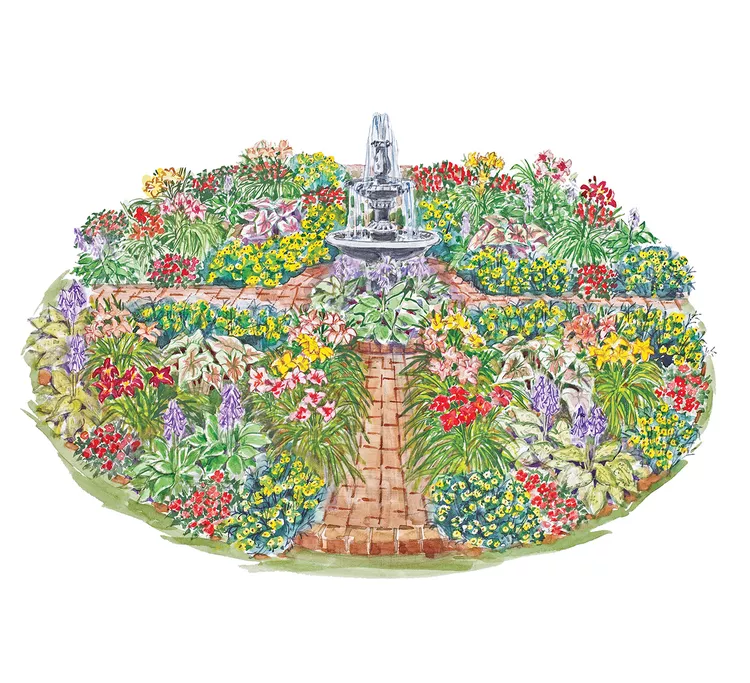
This Daylily-Filled Garden Plan Lets You Flaunt Your Favorites
Combine daylily varieties of your choice with other reliable plants for tons of carefree color.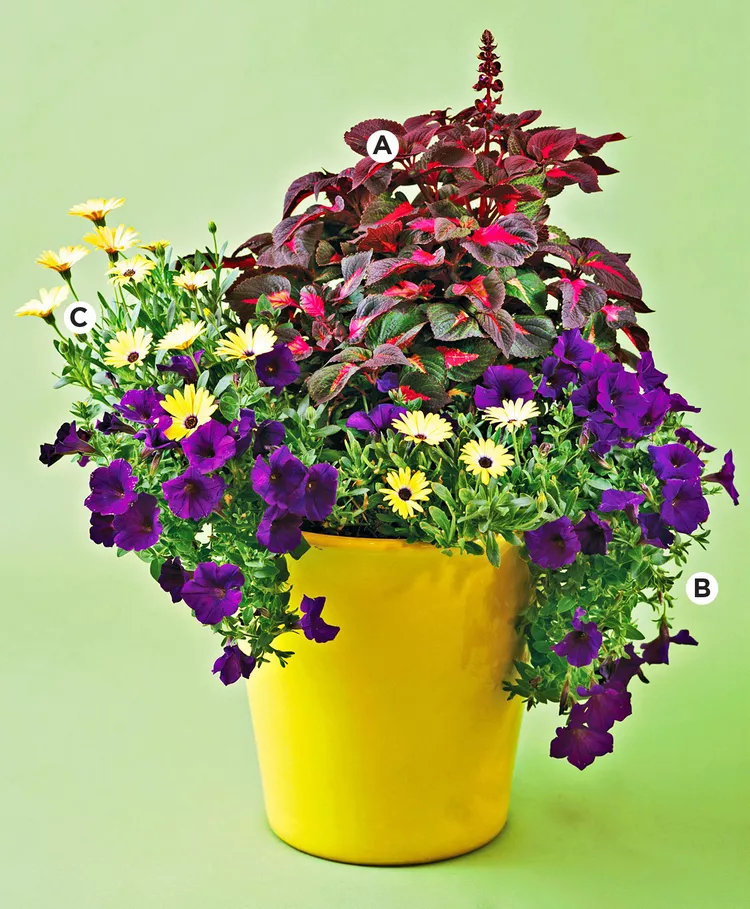
29 Flower Pot Ideas for Stunning Mixes of Blooms and Foliage
Use these flower pot ideas for beautiful combinations to brighten up your porch, patio, or other spots that need a boost of color.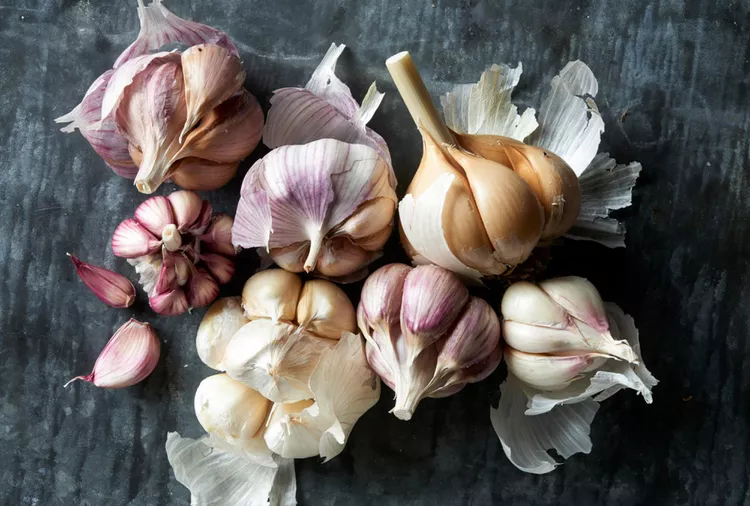
Which Types of Garlic Are Best to Grow in Your Garden?
Hardneck or softneck? Here’s what to know about different types of garlic and how to grow them.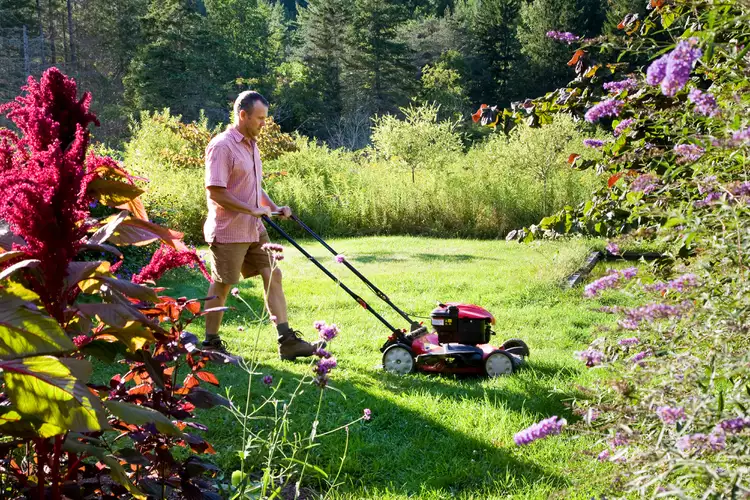
When Is the Best Time to Mow Your Lawn?
Take the guesswork out of deciding when to mow your lawn with our easy-to-follow tips.
How to Start a Garden: 10 Easy Steps for Beginners
This step-by-step guide explains how to start a garden for beginners. It covers all the basics you need to know, including what to plant, prepping soil, and care tips.
How to Get Rid of Pokeweed in Your Yard
Although this plant is native to parts of North America, pokeweed is still an aggressive, toxic plant you may not want around. Use these tips to safely eliminate pokeweed from your garden.